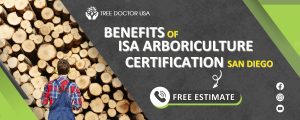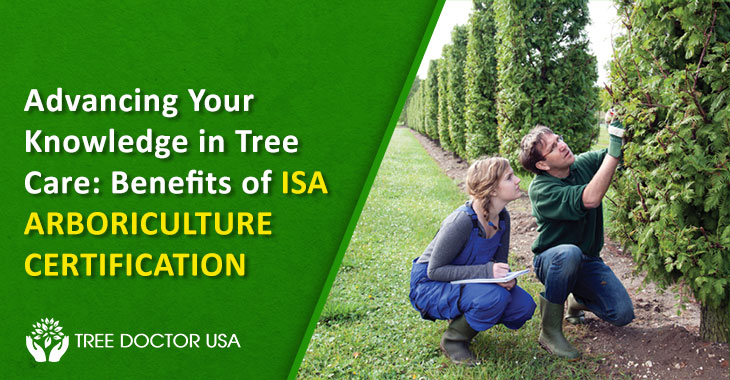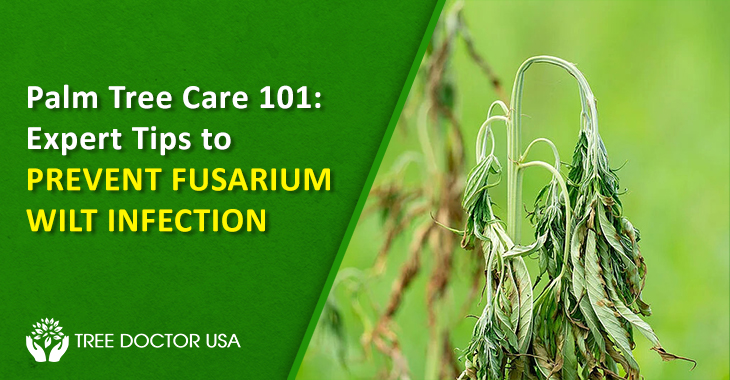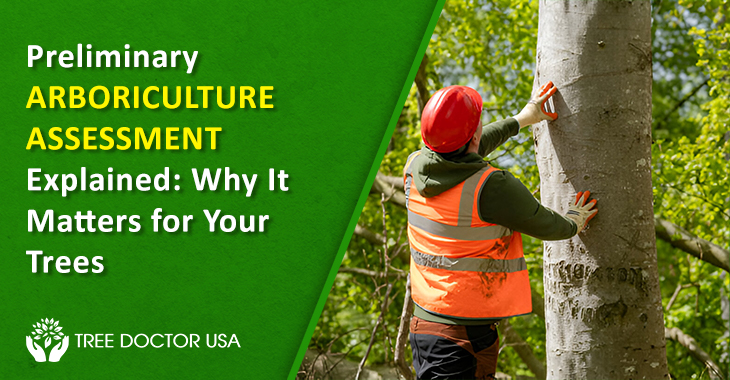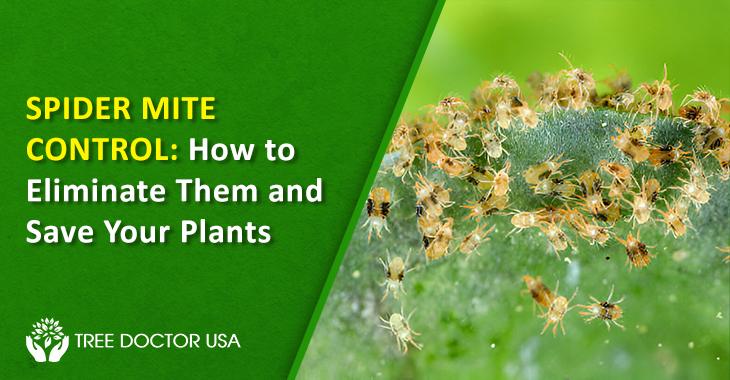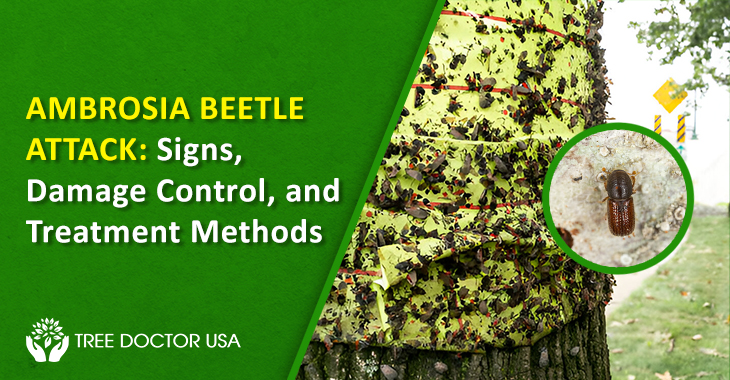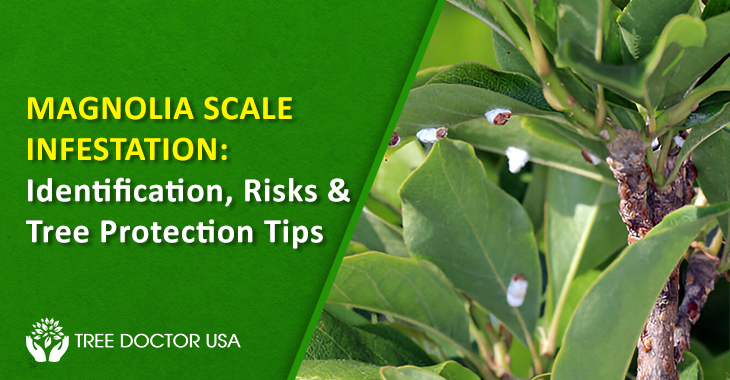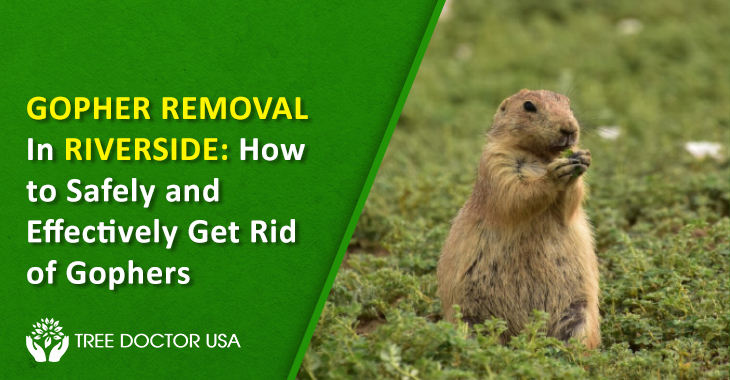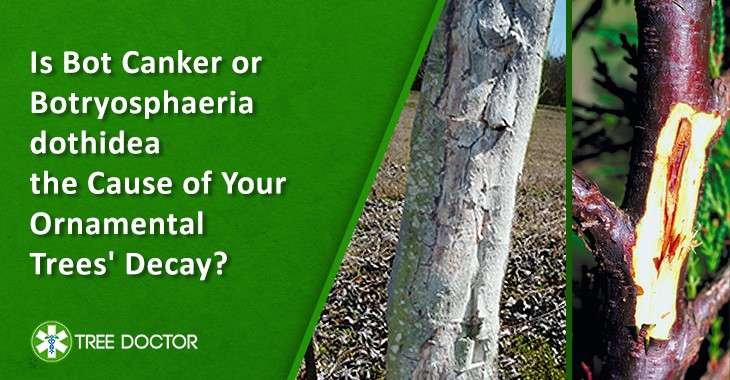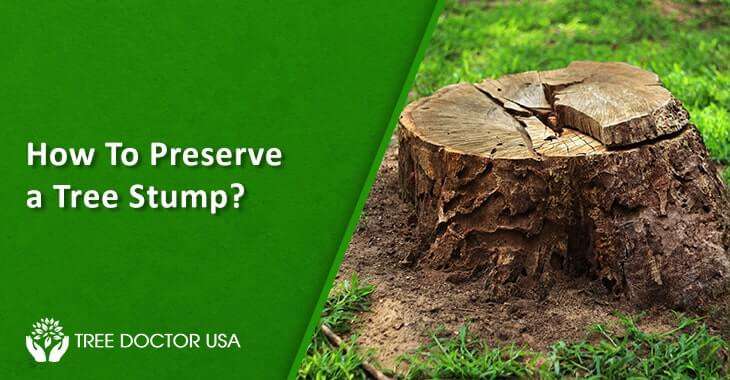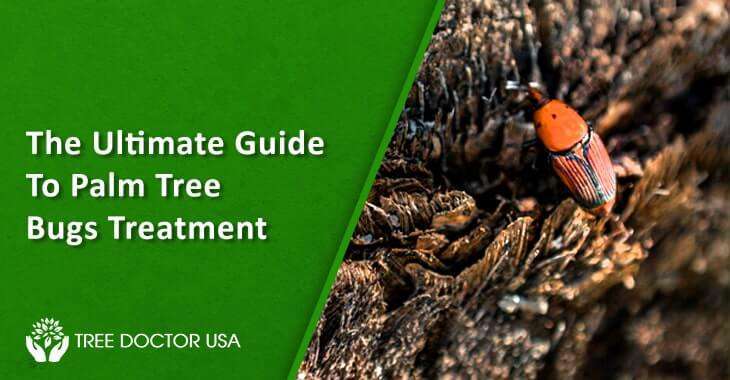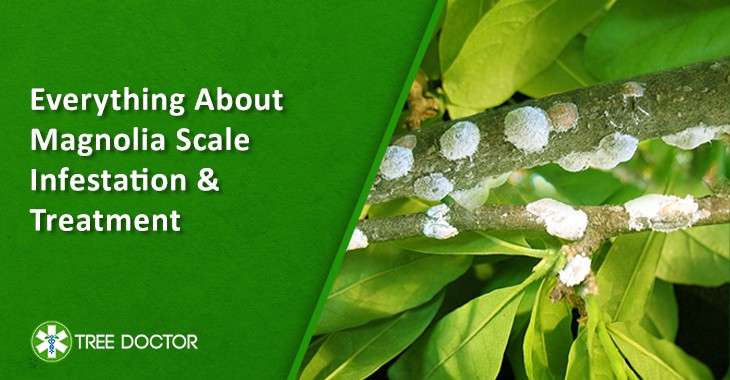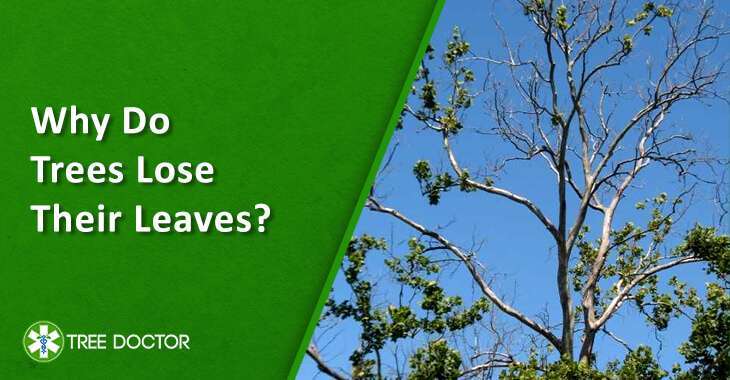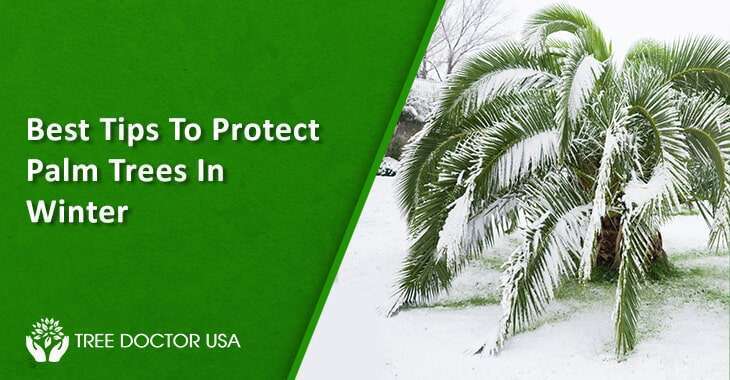Advancing Your Knowledge in Tree Care: Benefits of ISA Arboriculture Certification
Having proper ISA arboriculture certification in tree care is like having a golden ticket. It opens doors, builds trust, and shows you know your stuff. Arboriculture certification is a big deal, especially from the International Society of Arboriculture (ISA). But why is it so important? This blog will help you understand everything about it to enhance your advanced knowledge.
No wonder diving deep into the world of tree care requires more than just a passion for nature—it demands expertise. ISA Arboriculture Certification is the key to unlocking that expertise, offering a pathway to advanced knowledge and professional recognition. This blog will help you explore the advantages of becoming ISA-certified and how it can boost your career in the world of trees.
Types of ISA Certification Levels
Arborist Apprentice
At the Arborist Apprentice level, individuals are positioned at the entry point of the profession. They kick start their journey by acquiring fundamental knowledge and skills in tree care practices.
Certified Arborist
Once you have some experience and pass the test, you become a certified arborist. You know a lot about trees and how to take care of them.
Board Certified Master Arborist
This is the advanced level. You’ve been working with trees for a long time and have taken extra tests to prove your skills.
Benefits of ISA Arboriculture Certification
Builds Credibility
When you have ISA Arboriculture Certification, it’s like a big thumbs-up from experts. Holding this certification signals to clients that you possess expertise and proficiency in tree care practices. In addition, it instills confidence in your abilities and knowledge among potential customers.
Advanced Knowledge
Obtaining certification equips individuals with comprehensive knowledge concerning trees and their proper care. This educational endeavor parallels attending an esteemed institution dedicated to arboriculture, fostering the development of expertise akin to that of a seasoned tree professional.
Develops Network
With certification, you get to meet other tree lovers and experts. You can share ideas, learn new things and make friends who love trees as much as you do.
Do It Right
When you’re certified, you know you’re following the best practices for tree care. You’re not just guessing—you’re doing things the right way, which keeps trees healthy and safe.
Opens Career Opportunity
Having ISA Arboriculture Certification can help you move up in your career. You might get better jobs and promotions or even start your own tree business because people trust you more.
Happy Customers
Customers feel good knowing they have hired a certified arborist. They trust you to do a great job, which makes them happy and keeps them returning for more tree help.
How to Obtain ISA Arboriculture Certification?
Eligibility Requirements
- First, you need to meet some basic qualifications, like having a certain amount of experience working with trees.
- You also need to complete specific courses or training related to arboriculture.
Examination Process
- Once you meet the eligibility requirements, you’ll need to take a test.
- The test covers all tree-related topics to ensure you know your stuff.
- If you pass the test, congrats! You’re on your way to becoming certified.
Continuing Education Requirements
- But wait, it’s not over yet. To keep your certification, you have to keep learning.
- That means taking classes, attending workshops or doing other activities to stay up-to-date on tree care.
Certification Maintenance
- Finally, you have to renew your certification every few years.
- This usually involves showing that you’ve continued to learn and grow as an arborist.
- Once you’ve done all that, you’re officially an ISA-certified arborist!
Advanced Knowledge in ISA Arboriculture
Tree Biology
You’ll learn how trees grow, reproduce and interact with their environment in-depth.
Tree Identification
You’ll become an expert at identifying different types of trees, including their leaves, bark and overall structure.
Tree Health
You’ll understand the signs of tree diseases, pests, and other issues and how to treat them effectively.
Tree Pruning and Maintenance
You’ll master advanced techniques for pruning trees to promote their health and safety.
Risk Assessment
You can assess tree risks, such as weak branches or root damage, and recommend appropriate actions.
Tree Preservation
You’ll learn strategies for preserving trees during construction projects or other activities that may impact their health.
Having ISA Arboriculture Certification can boost your career in tree care
Better Jobs
You might qualify for higher-paying jobs or positions with more responsibility with certification.
More Opportunities
Companies and clients are more likely to hire you because they trust your skills and knowledge.
Start Your Own Business
If you dream of running your own tree care business, certification can give you the credibility and confidence to make it happen.
Stand Out
In a competitive job market, certification sets you apart from others who don’t have it, making you a top choice for employers.
Networking
Being certified opens doors to networking events and connections with other professionals in the industry, which can lead to new opportunities.
Tools and Techniques in Arboriculture Knowledge
Pruning Tools
Learn about different tools, such as hand pruners, loppers, and pruning saws, and how to use them safely to trim trees.
Soil Analysis
Understand how to test the soil to determine its composition, pH level and nutrient content, which affects tree health.
Tree Climbing Gear
Familiarize yourself with climbing harnesses, ropes and ascenders for safely ascending and working in trees.
Tree Risk Assessment
Learn methods for assessing the risk of tree failures, such as visual inspections, measuring decay and using tools like seismograph or sonic tomography.
Pest and Disease Diagnosis
Know how to identify common pests and diseases affecting trees using tools such as magnifying glasses, hand lenses, and field guides.
Tree Inventory Software
Utilize software tools to manage tree inventory data, including species, size, health status and maintenance history.
Tree Measurement Techniques
Learn how to measure tree height, diameter at breast height (DBH), crown spread and other parameters accurately using measuring tapes, calipers and clinometers.
Climbing Techniques
Master various climbing techniques like footlocking, doubled-rope technique (DRT) and single-rope technique (SRT) for ascending trees safely.
Factors to Consider Before Choosing ISA Arboriculture Certification Association
Eligibility
Ensure you meet the certification requirements, such as work experience or education level.
Reputation
Check the reputation of the certification association. Look for reviews or ask other arborists about their experiences.
Cost
Consider the certification cost, including exam fees, study materials and any required courses or training.
Resources
Look at the association’s resources, such as study guides, practice exams, and networking opportunities.
Continuing Education
Find out about the association’s requirements for maintaining certification, including continuing education credits.
Industry Recognition
Consider whether the certification is widely recognized and respected in the arboriculture industry.
Career Goals
Think about how certification aligns with your career goals and aspirations in tree care.
Future Trends in Arboriculture
Technology Integration
Expect more use of technology like drones and sensors to assess tree health and monitor environmental conditions.
Sustainable Practices
There will be a greater emphasis on eco-friendly approaches to tree care, such as organic pest control and water conservation.
Urban Forestry
With growing urbanization, arborists will play a key role in managing trees in cities to improve air quality, reduce heat island effects and enhance quality of life.
Climate Adaptation
Arborists must adapt to changing climate conditions by selecting tree species resilient to heat, drought, and extreme weather.
Community Engagement
To foster environmental stewardship, there will be an increased focus on involving communities in tree-planting initiatives and urban greening projects.
Diversity and Inclusion
Arboriculture will become more inclusive, welcoming people from diverse backgrounds and perspectives into the profession.
Final Words
Becoming certified in ISA Arboriculture offers numerous benefits that can enhance your career and expertise in tree care. From building credibility and advanced knowledge to opening doors for better job opportunities and networking, ISA certification is like a passport to success in the tree care industry. Individuals and companies consider hiring Tree Doctor USA for their tree care.
